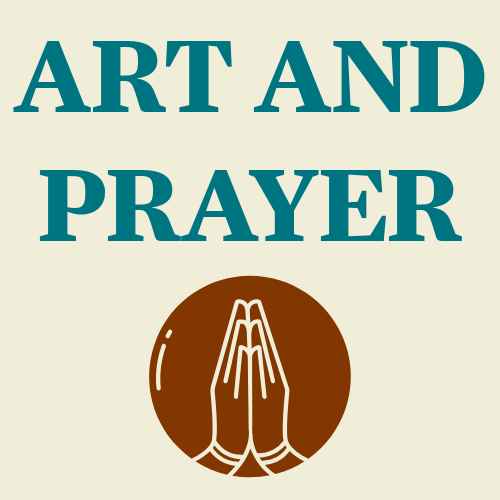Praying with Lavinia Fontana's "Touch Me Not"
When Mary Magdalene meets the risen Christ, everything changes—could it for you too? This contemplative session invites you into Lavinia Fontana’s tender resurrection scene and the gospel of John, where art and scripture speak in harmony. Step closer, and listen for how the Gardener of your soul might be calling your name.
John 20:11-17
The session will shift away from Juliet Benner's book, which has been the primary resource, to explore other artistic resources and methods for personal reflection. Rob expresses a desire for a broader representation of artists, noting the limited diversity in the book's selections, which primarily feature male European painters. The purpose of this change is to encourage individuals to explore art independently and find pieces that resonate personally with their spiritual journey.
The session focuses on a specific artwork by Lavinia Fontana, depicting the moment Mary Magdalene discovers the resurrected Jesus at the tomb, which is a pivotal resurrection narrative. Participants are invited to listen to a reading from John 20, which recounts Mary’s encounter with Jesus after his resurrection, emphasizing her emotional state and the significance of the moment. Rob highlights the dual scenes portrayed in Fontana's painting, contrasting Mary’s encounter with Jesus and the background scene of his mother, Mary, mourning at the tomb. Fontana's artistic choices, such as depicting Jesus as a gardener, symbolize his role as the caretaker of souls, which invites deeper contemplation of the resurrection message.
The use of vivid colors and elongated forms in Fontana's painting evokes a sense of warmth and tenderness, contrasting with more formal representations of the resurrection. Mary Magdalene's outstretched arm invites viewers into the scene, creating an interactive experience that encourages personal reflection on the resurrection's significance. Rob references historian Franco Morando’s interpretation of Jesus as a literal gardener, suggesting that he cultivates the human soul by removing negativity and nurturing virtue. Participants are prompted to consider what images or messages arise as they view the artwork, linking their personal experiences with the themes of resurrection and renewal.
As the scripture is read a second time, participants are encouraged to reflect on what messages God may be conveying through the narrative and how it relates to their own lives.
Rob asks participants to consider their emotional responses and the connections between their personal experiences and the themes presented in both the scripture and the artwork. The focus is on how art, scripture, and personal life intertwine, allowing individuals to discern God's messages and blessings in their daily experiences.
Participants are invited to contemplate the messages from the angel in the painting and how it relates to their understanding of God's communication in their lives.
Rob expresses gratitude for the participants' engagement in the prayer session and hopes it has brought them closer to God through art and reflection. He encourages participants to continue contemplating how God may be speaking to them, whether the message is immediate or requires further reflection over time.





